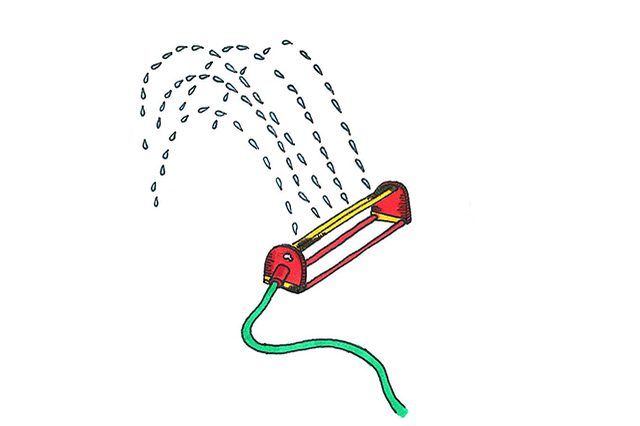Bulbs
Flower Basics
Flower Beds & Specialty Gardens
Flower Garden
Garden Furniture
Garden Gnomes
Garden Seeds
Garden Sheds
Garden Statues
Garden Tools & Supplies
Gardening Basics
Green & Organic
Groundcovers & Vines
Growing Annuals
Growing Basil
Growing Beans
Growing Berries
Growing Blueberries
Growing Cactus
Growing Corn
Growing Cotton
Growing Edibles
Growing Flowers
Growing Garlic
Growing Grapes
Growing Grass
Growing Herbs
Growing Jasmine
Growing Mint
Growing Mushrooms
Orchids
Growing Peanuts
Growing Perennials
Growing Plants
Growing Rosemary
Growing Roses
Growing Strawberries
Growing Sunflowers
Growing Thyme
Growing Tomatoes
Growing Tulips
Growing Vegetables
Herb Basics
Herb Garden
Indoor Growing
Landscaping Basics
Landscaping Patios
Landscaping Plants
Landscaping Shrubs
Landscaping Trees
Landscaping Walks & Pathways
Lawn Basics
Lawn Maintenance
Lawn Mowers
Lawn Ornaments
Lawn Planting
Lawn Tools
Outdoor Growing
Overall Landscape Planning
Pests, Weeds & Problems
Plant Basics
Rock Garden
Rose Garden
Shrubs
Soil
Specialty Gardens
Trees
Vegetable Garden
Yard Maintenance
7 Tips to Keep Your Lawn From Turning Brown
Simple tips to keep your lawn looking its best throughout the year, especially during the summer dry spells.
Keeping your lawn healthy during a drought can seem like an impossible task. While watching your healthy lawn's color progressively fade to a duller shade of green, you've probably wondered, "How on Earth do I converse water while ensuring my lawn doesn't take too much of a beating?" Well, we're glad you asked! There are actually several easy tips that you can incorporate into your lawn care routine to keep your lawn looking great without using too much water.
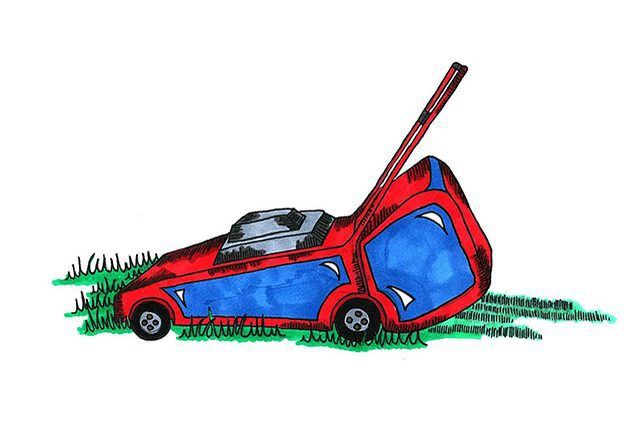
1. Establish a healthy lawn.
The best way to prevent your lawn from turning brown in the summer heat is to establish a healthy lawn when the weather is cooler. Fall is the best time to seed, over-seed or lay new sod. Start a schedule for fertilizing and applying weed control in the spring and stick to it. Take this opportunity to prevent bugs, especially grubs, which attract tunneling rodents.
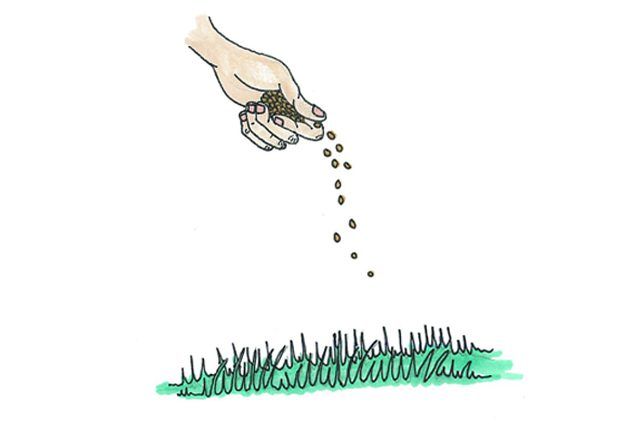
2. Aerate in the fall.
Aerating, the process of removing small plugs of soil, reduces soil compaction and provides room for the roots to grow. It allows water, fertilizer and oxygen to penetrate deeper into the soil, making a little water go a long way.
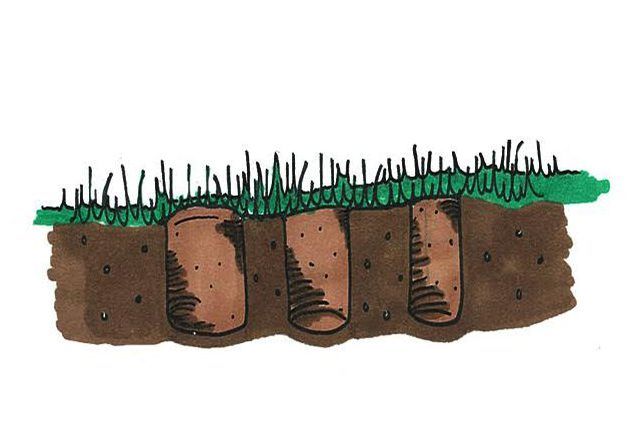
3. Donít fertilize your lawn during a drought.
The best time to fertilize your lawn is when the weather is cool and rainy. Feeding a lawn during the stress of a drought wonít help and may even stress it further.
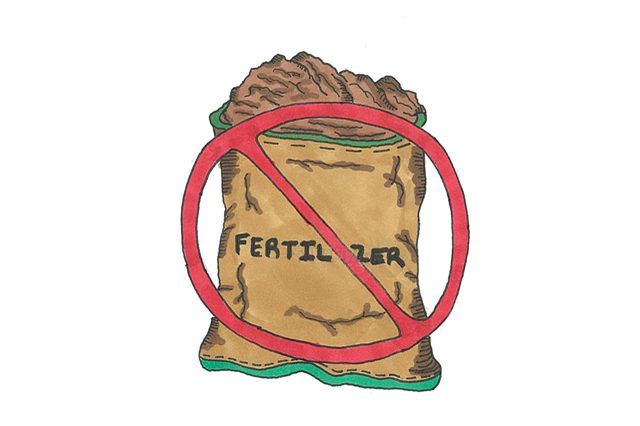
4. Donít walk on your grass.
If the grass is well-watered, walking compacts the soil which limits the amount of air that's able to reach the roots. If the soil is dry, walking beats down the lawn and damages the grass itself.
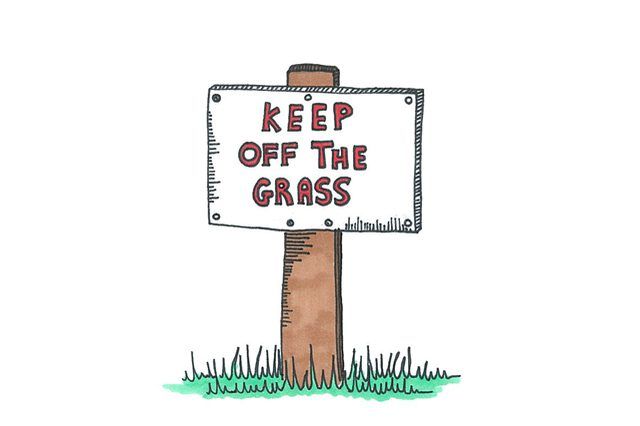
5. Sharpen your mower blade.
A dull mower blade tears the grass instead of cutting it cleanly and causes it to turn brown, making it look dull, brown and lifeless.

6. Raise the mower blade.
Taller grass means shade for new growth and longer roots, which can reach moisture deeper into the soil. Mow at the tallest setting, usually about 3 inches and on a regular schedule. Never cut more than one third of the length in one mowing.
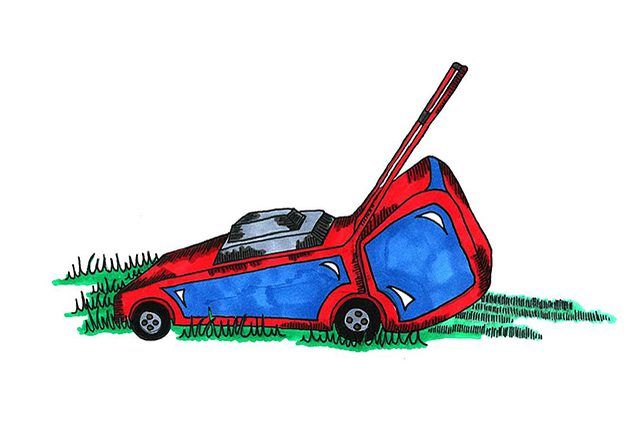
7. If you water, do it in the morning.
Water 1/2-inch twice a week between 5 A.M. and 10 A.M. when you will have the least amount of evaporation. Lawns watered at night are prone to disease.
